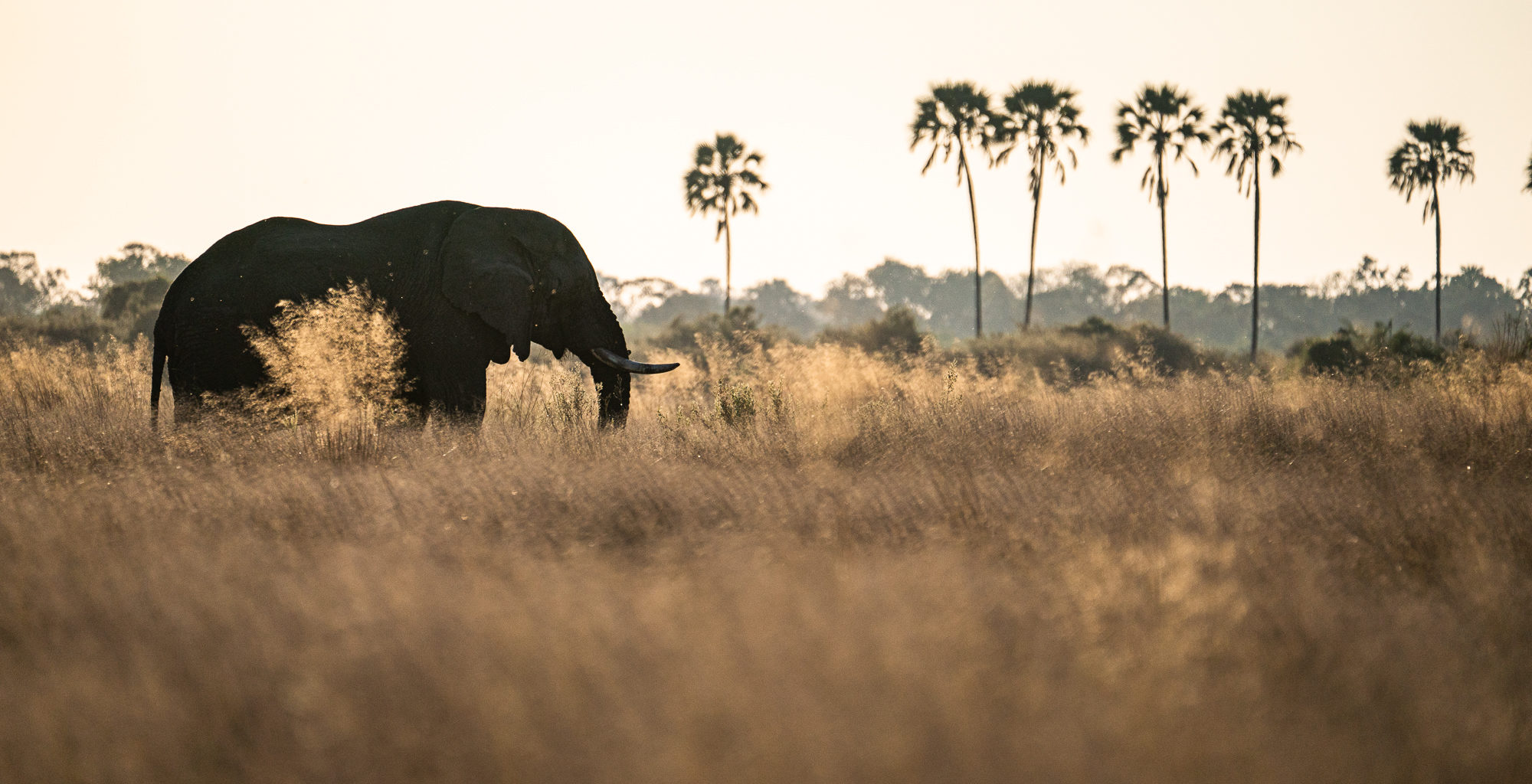We’re already feeling that this year will bring a positive shift in energy and pace for safari-based travel in Africa, from emerging destinations to more accessible routes across the continent to travellers seeking out meaningful and considered experiences beyond just the ‘Big Five’. We expect multi-generational trips and travelling with friends to be bigger than ever alongside a multi-country approach where guests want to stay longer, go slower, and gain a more in-depth experience of place.
Here, our exploration team does what it does best; taking us off the beaten path, away from the crowds and usual tourist circuit in search of real adventure miles from nowhere, specifically Northern Kenya, southern Ethiopia, the Okavango Delta, and the Lower Zambezi. So, without further ado, here are our dreams for the year ahead.
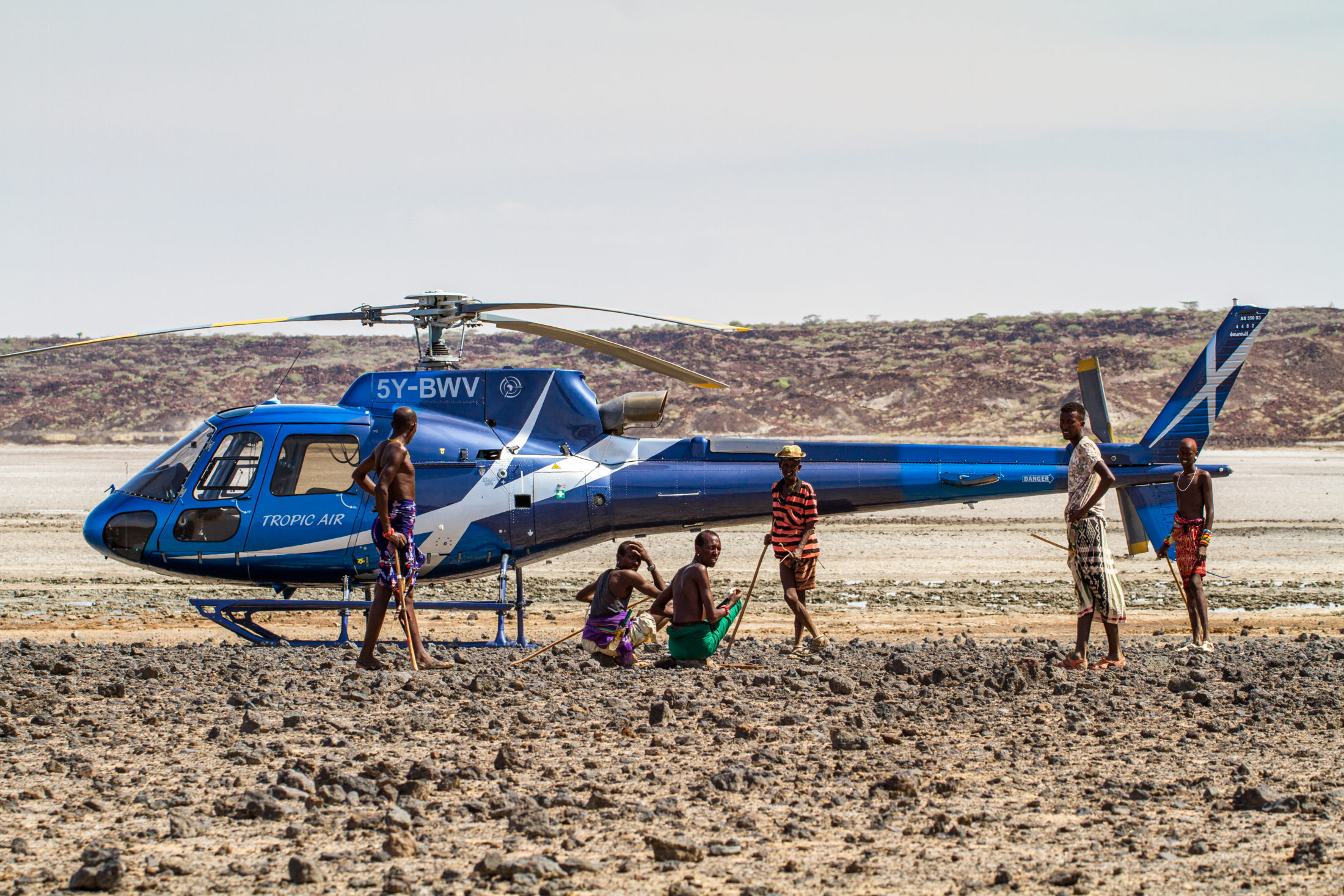
A tale of two frontiers
Northern Kenya and Ethiopia are possibly the most treasured places pinned on the JbD map, with much of our exploration and guiding team having spent a great deal of time exploring and living in both. This is a special itinerary to design, one that achieves the rare balance between the ultra-remote, off-grid adventure and a genuine cultural experience.
Ranging from the lush highland green of the south to the red sands of the northern borders, its terrain is varied, seemingly inhospitable, and extraordinarily beautiful. Typically, a trip to northern Kenya might begin with an overnight stay in the Matthews Mountains, home to forest elephants and other forest specialists. Then on to Mount Nyiru, where an ancient podocarpus forest flourishes before finishing on the shores of ancient Lake Turkana (also known as the Jade Sea), the world’s largest desert lake.
Lake Turkana links to the Omo River and into the lower Omo basin of Ethiopia, which is beautifully suited to either begin or end a northern Kenya itinerary. Guests should know that this is not a wildlife destination. Nonetheless, it is quite literally a life-changing journey into a kaleidoscope of culture, tradition and the wildest of terrains. This is the birthplace of mankind where early hominids have been found dating back two million years – the crucial turning point in the evolution of humans. No traveller leaves this part of the world the same.
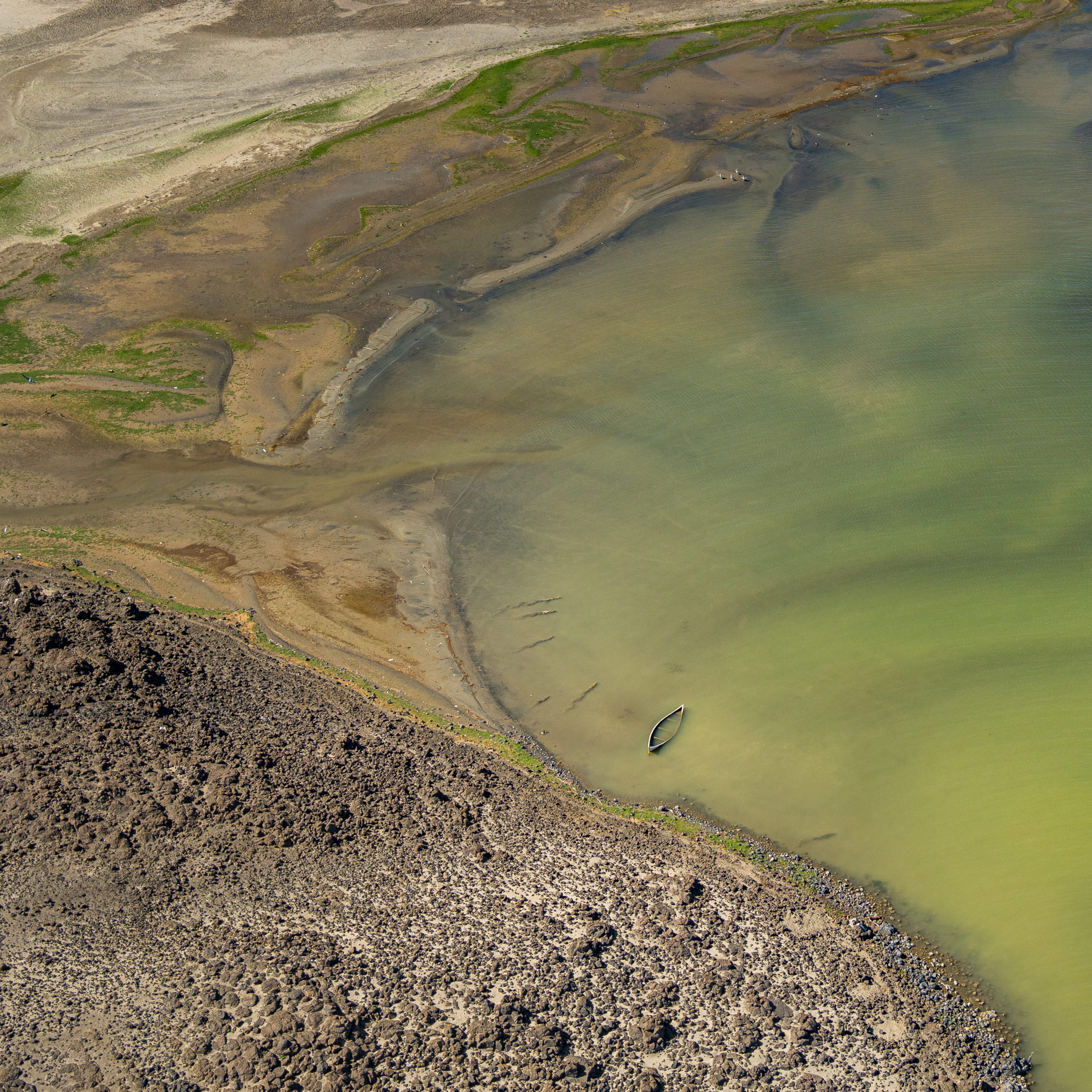
Lake Turkana, Tropic Air
Where to stay
Located in the small village of South Horr in northern Kenya, just in reach of extinct volcanoes, desert plains, and the enigmatic Lake Turkana, Koros Camp is a small exclusive-use and owner-run bush camp, offering ample comfort in an environment of extremes.
‘Instead of just going from one wildlife place to another, visiting Koros exposes you to a completely different experience. The scenic flying in this particular landscape is absolutely stunning. Then you’ve got quad bikes – cruising the dry river beds is really fun, particularly for families and young adults who want to get out and do something a little bit more adventurous. You could also fly camp out under the stars for a night. Drive up to Lake Turkana and take the boat out, do some catch-and-release fishing of Nile perch, and then pop across to set up camp on South Island for the night.’ – Squack Evans, pro guide and exploration specialist
Another favourite of ours is Sirikoi House, one of northern Kenya’s most pioneering eco-lodges located in the Laikipia region. Sirikoi is especially special for families, given everything it represents and stands for today was cemented by the late Willie Roberts – a legendary conservationist and personal hero of Will Jones. Willie tragically died of cancer in 2018, which was compounded by the death a year later of his son Richard, also cancer. Their legacy lives on in Sirikoi and in the best of everything this region does through community-led conservation. The local community is completely involved, the Maasai are both stakeholders and hosts, and the chance to track rhino on foot – in the company of some of the best guides makes for the most compelling of experiences. Very upcountry Kenya, and very much about the family, Sirikoi is a wonderful choice.
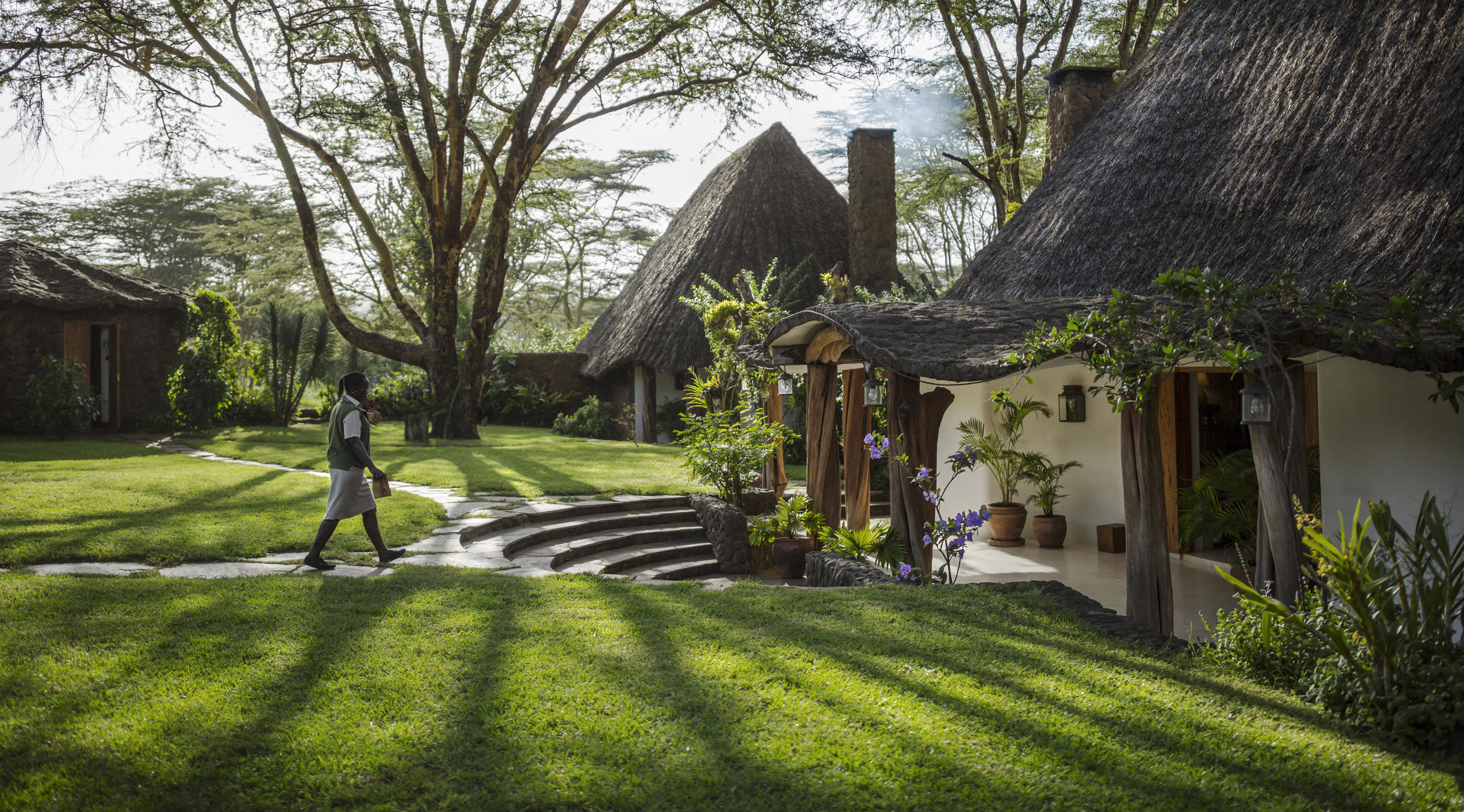
Sirikoi House
We then have the brilliant Wild Expeditions seasonal camp on the eastern banks of the Omo River. Only accessible by boat, is an extremely remote area of islands and marshes inhabited by the Dassanech and Nyangatom peoples. The Dassanech villages are scattered among the islands and the villagers are untouched by mass tourism. Few travellers make the journey into the delta each year, and those lucky few who do are all via Lale’s Camp.
The riverine forest runs along the banks of the Omo River further into southern Ethiopia. Travelling by boat, guests pass thick forests hanging over the river, full of birds and crocodiles. As well as passing the Nyangatom, Hamar and Kara tribes along the way to the main Karo village of Duss, guests can also spend time with the lip-plate Mursi tribe and their close cousins, the Surma.
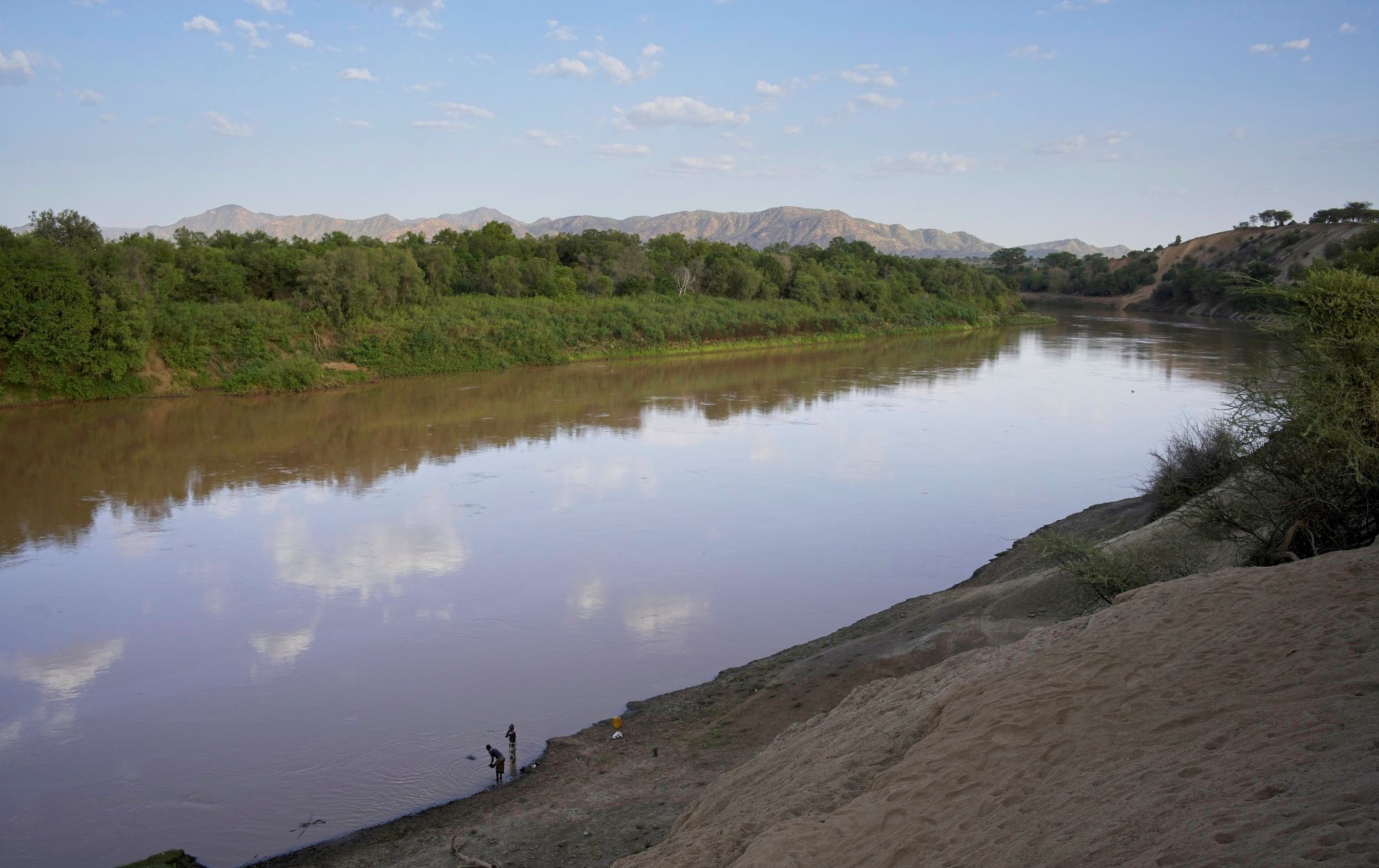
Omo River, Wild Expeditions by Jamie Thom

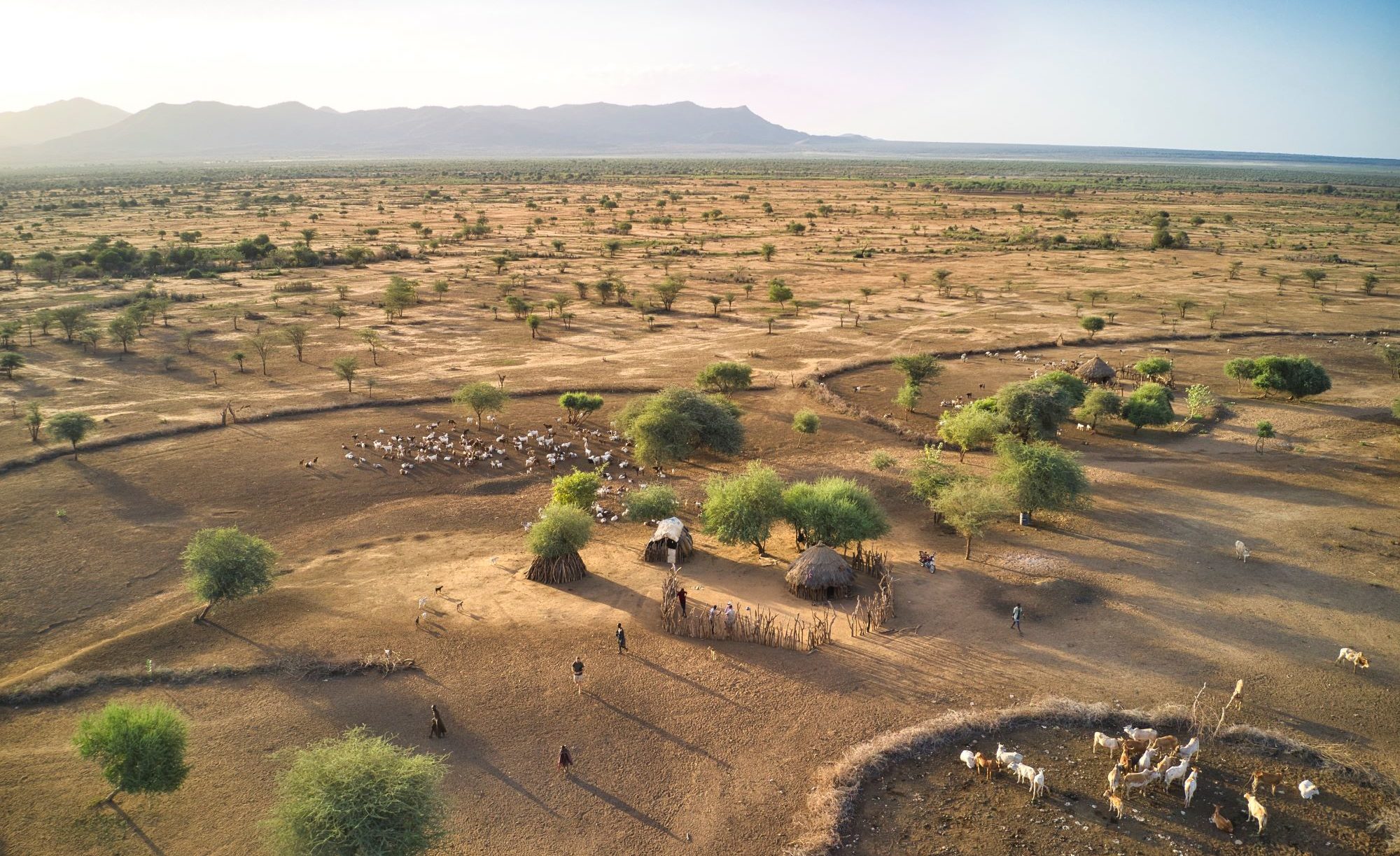
A powerhouse combination
In an increasingly crowded, over-fed, commercialised, and commoditised Okavango, it is becoming ever more difficult to find the operators who are championing space, connectivity with nature, and real partnership with community over standard gold tap luxury experiences. However, it is not impossible — thanks to independents like Kweene Trails and the brand-new Karangoma, which we are sure will make for a powerhouse combination.
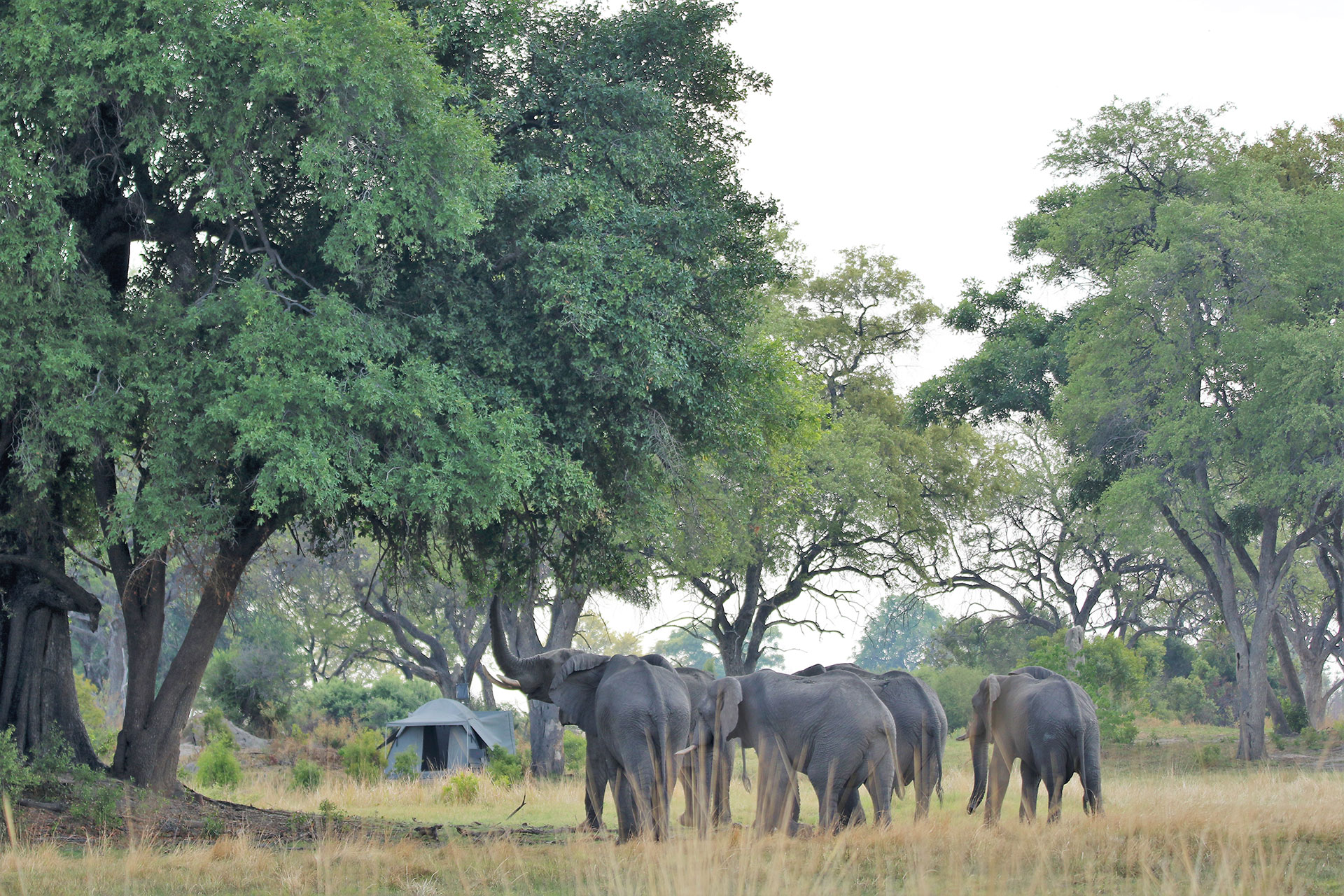
KEEN ON Kweene
An exclusive journey between two camps in diverse habitat zones of the Okavango Delta accessible only by helicopter, Kweene Trails is a truly wild journey into one of Botswana’s last remaining remote wilderness areas. Guests begin their adventure at Kweene River Camp in the southern part of the Kweene River, a periodic swamp habitat with arid conditions and grass-dominated floodplains. The journey ends further north of the river system at Magwegwe Camp, a seasonal swamp habitat of endless floodplains, overgrown islands and year-round water flow.
One of the most unique and memorable parts of a Kweene expedition is ‘moving day’, where guests journey to the next camp either by foot, mokoro, or game drive while the team packs up and sets up camp in the new location ready for sundowners. The keystone in the Kweene Trails experience is the quality of the guiding and hosting, which is exceptional. Kweene’s co-founder Simon Byron is recognised throughout the industry as being one of the continent’s very best wildlife guides and the outfit as a whole is known for running a top-notch service, with a comforting family feel to it in amongst the excitement of the adventure.
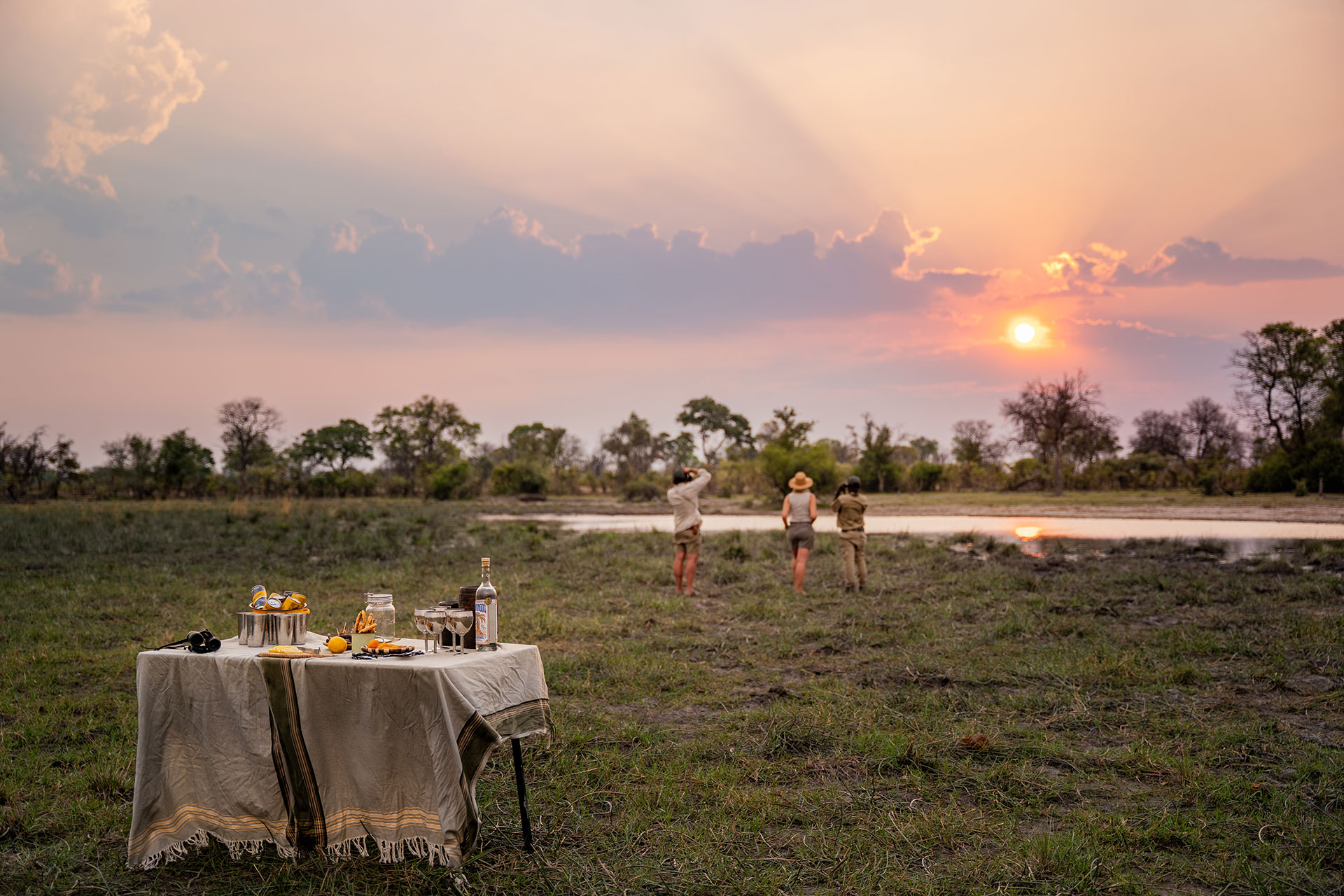
new kid on the block
A very exciting and special addition to Wild Expeditions Africa’s collection of top-notch properties, Karangoma – built and owned in partnership with local elder Olatotse Sarefo – is a small and exclusive camp experience located away from the crowds further north in Botswana’s remote Mgamiland North. Something of a rarity in the Okavango Delta these days, the attention at Karangoma is fully focused on the experience of nature. With not a single other camp in an area of roughly 50,000 hectares, guests get to experience both the typical floodplains, channels, lagoons and islands of the Delta and the vast northern woodlands.
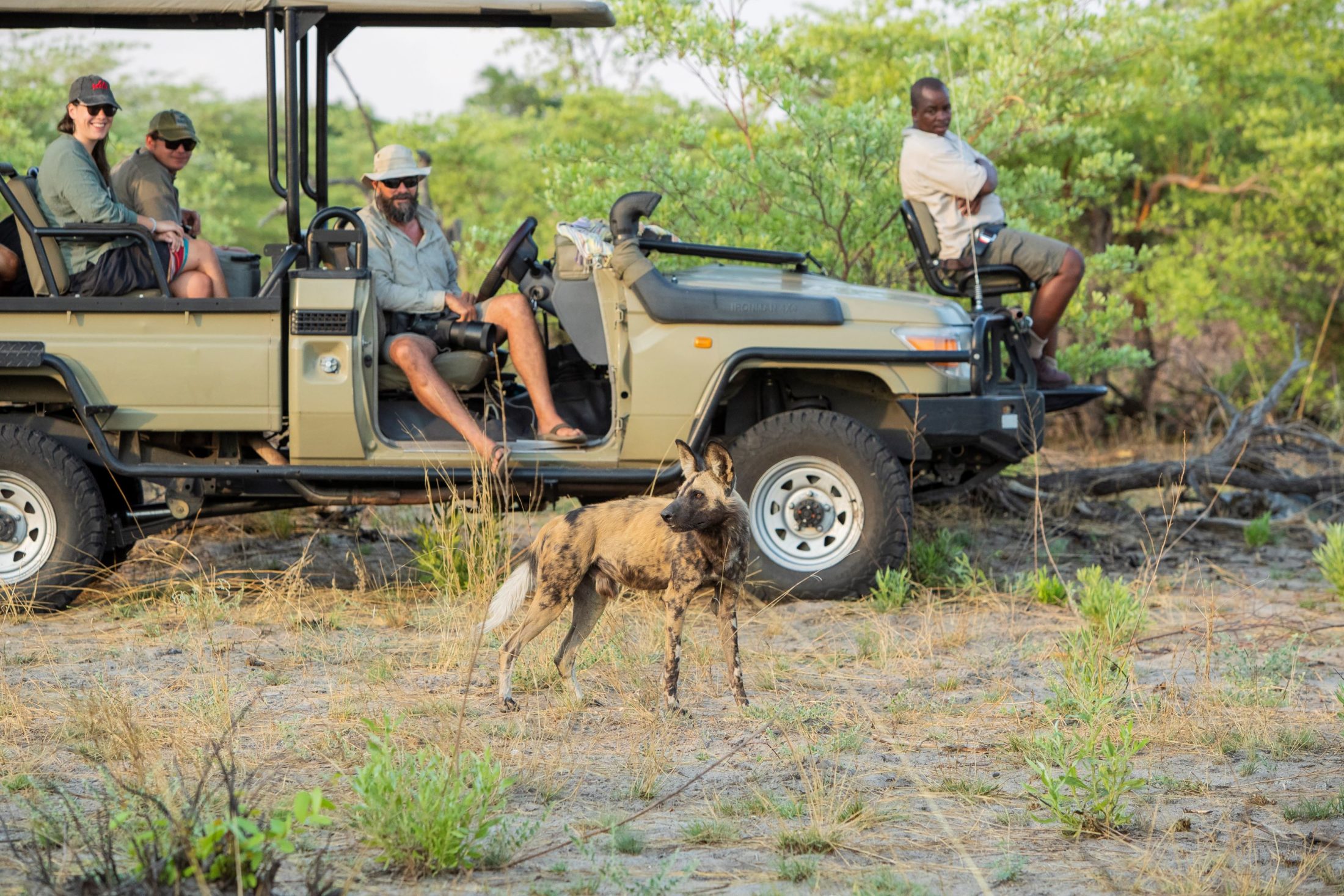
Kweene Trails, Beagle Expeditions
The wildest of wilds
A safari in Zambia is much like a safari taken elsewhere 20 years ago. Large protected wildernesses and a relatively small human population mean much less pressure on land and wildlife than is found in the likes of Kenya or Tanzania. The walking safari was practically invented here, the guiding is first-rate, and the fact that many of the accommodations are owner-operated means the commitment to local communities, their land, and the wildlife runs deep and is long-lasting.
In terms of places to go, Kafue, Luangwa, and Lower Zambezi national parks are better known and offer world-class wildlife experiences without the crowd. Bangweulu, Kasanka, and Liuwa are less known but equally spectacular. For the wildest of wilds, however, not much beats journeying into Lower Zambezi, where wildlife viewing, canoeing, and fishing is out of this world.
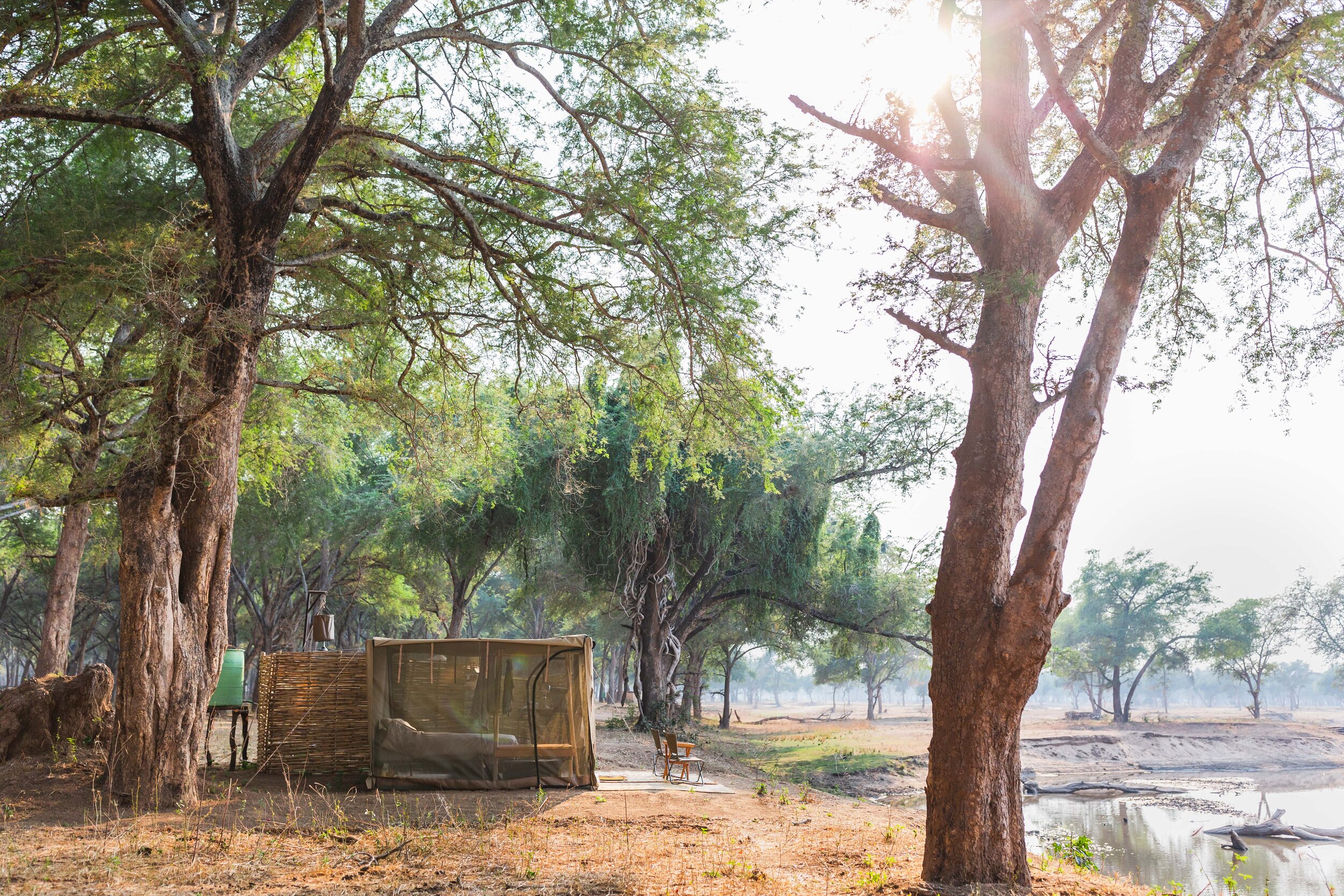
Where to stay
Owner-operated Tusk & Mane (part of Classic Zambia) is an intimate and excellently-run pair of fly camps located within the Lower Zambezi National Park, on the eastern banks of the Zambezi River, and prides itself on providing guests with an experience where the wilderness is the real luxury.
Tusk & Mane is a classic tented safari, where guests get the real ‘under the stars and around the campfire’ experience. The set-up is simple and unfussy in its approach and has the lightest of environmental footprints. It operates out of three locations: Tafara Springs is located in the Rufunsa Valley, at the foot of the escarpment, and Kutali and Chula are set amongst winterthorn forests over two remote islands. Camp is booked on an exclusive-use basis and no more than ten guests per location.
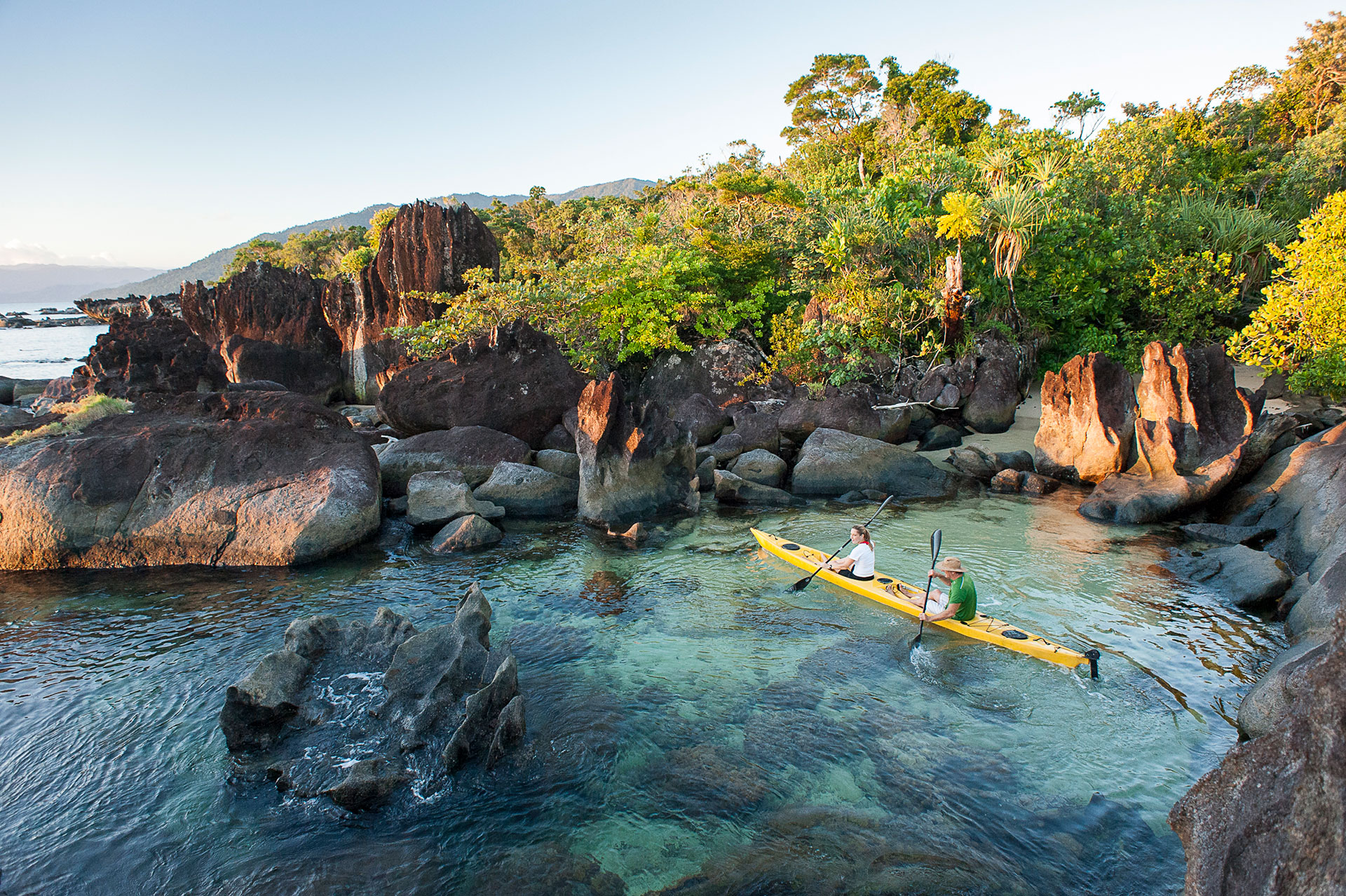
Masoala Forest Lodge, Madagascar
More than remote
Situated in northeast Madagascar, the Masoala Peninsula is perhaps one of the most biodiverse places habitats not just on the island, but on Earth. The peninsula has the largest extent of lowland rainforest in Madagascar (also the largest park with 230,000 ha terrestrial and 10,000 ha of marine protected areas) and holds as much as two per cent of all the planet’s animal and plant species — about 50 per cent of Madagascar’s biodiversity. The fact that endemic wildlife like the red-ruffed lemur and helmet vanga can only be found in this region is a testament to its uniqueness. There are no roads here and no human inhabitants. Humpback whales calve along its shores in the summer months. Quite frankly, it is the dream.
Where to stay
Located on the waterfront between Tampolo Marine Reserve and Masoala National Park, and accessed only by boat or foot, Masoala Forest Lodge offers the ultimate in privacy with a maximum capacity for 14 guests spread across seven private treehouses scattered about the forest. From sailing, freshwater river canoeing, sea kayaking, snorkelling, and windsurfing to coastal forest walks in both the national park and private reserve where it is situated — let’s just say you could stay here for weeks, maybe even months.
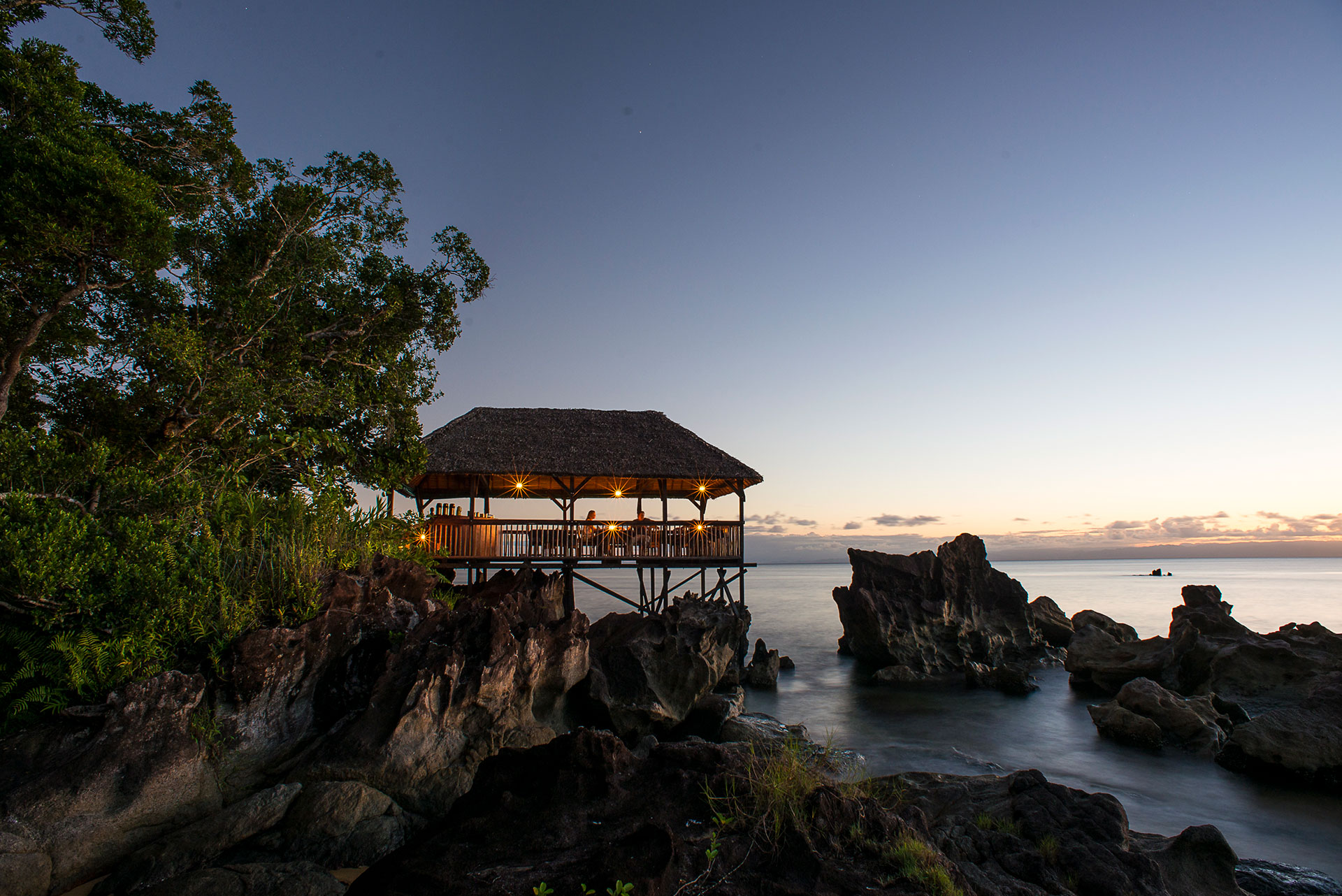
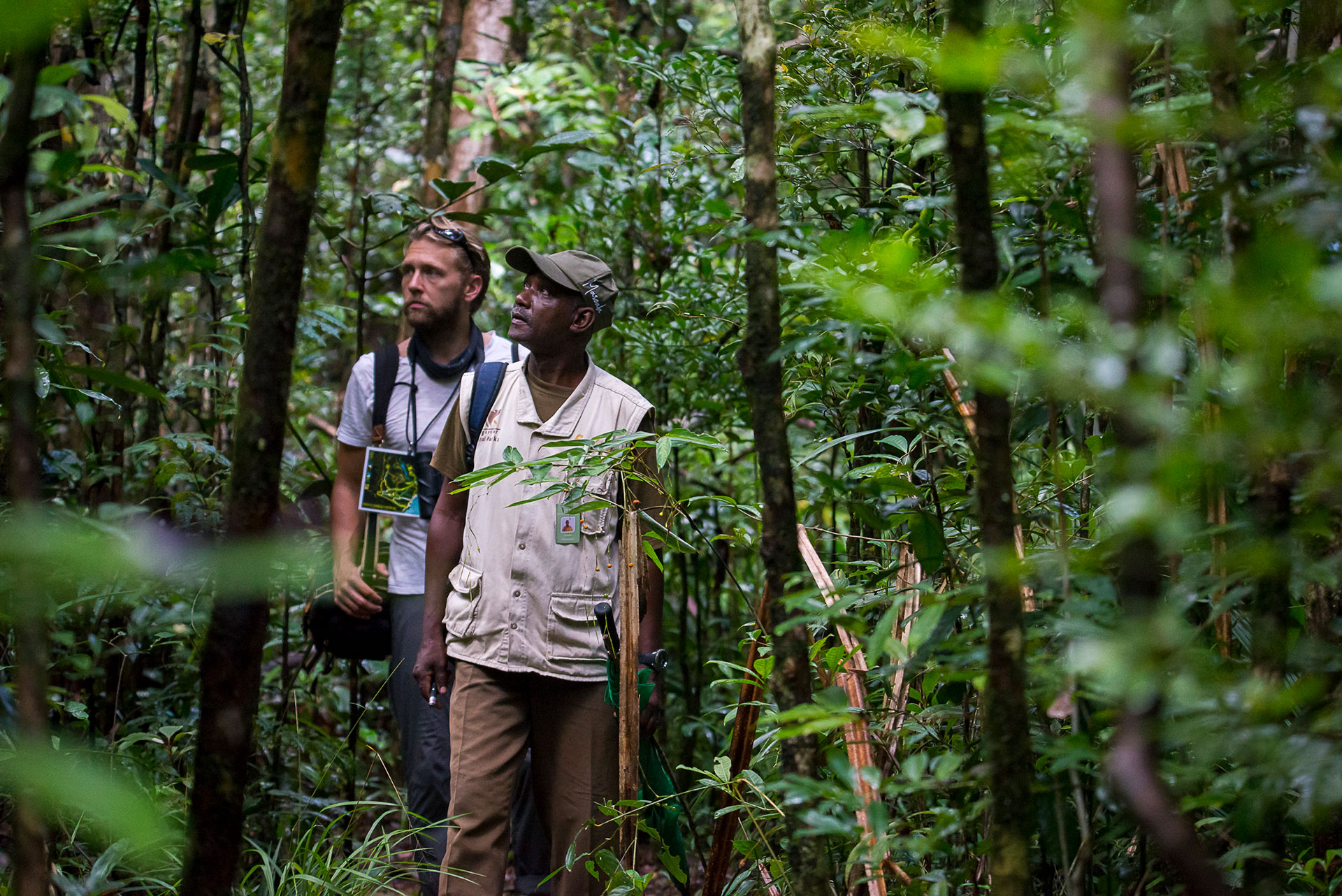
One to watch
An emerging wild frontier destination way off the tourist map, rarely-visited Angola, is set to tease the more curious traveller not afraid to roll up their sleeves, go off-piste, get lost miles from nowhere, and possibly do so all by motorbike (a JbD plan in the making…). While not your classic big wildlife destination, it is a place which offers a journey of discovery heavily focused on conservation and community. After all, it is home to the lifeblood of much of southern Africa’s last wildernesses, the Angolan Highlands Water Tower, which feeds into some of the most important river and wetlands ecosystems on Earth, the Okavango Delta, Kwando and Linyanti. Then, there are the people: over 90 ethnic groups, mostly isolated from any Western influence; they are often the reason why the rare traveller, once there, never wants to leave.
“Lacking in tourism infrastructure, abundant with opportunity, Angola is a world only recently opened to the outside world. This emergence offers the curious heart an Africa relatively little known, apart from the many pieces of literature on the decades of civil war that stole Angola’s charm. It is an unspoilt place, a vast undulating wilderness, and rough, rocky and sandy roads are hallmarks of this unusual frontier. Having met by chance with one of the last Kalahari Bushmen healers in Angola late last year, the curiosity for this new world lingers, and we plan to head back with a diary of open pages, a tank full of diesel, two pairs of shirts and shorts and the most open of minds.” – Kyle de Nobrega, pro guide and exploration specialist
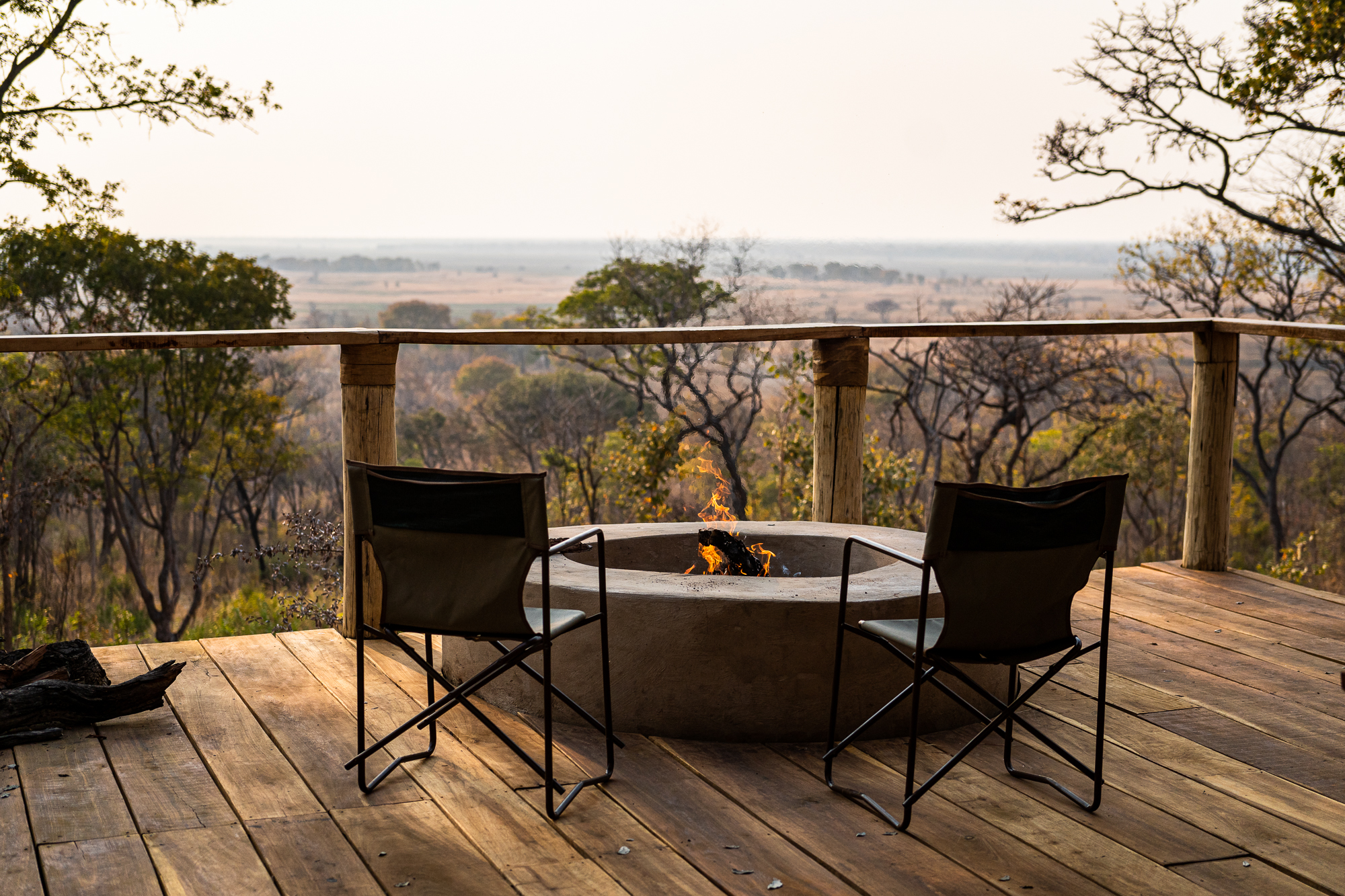
If anything in this short list of dream trips has piqued your travelling imagination, please get in touch with our exploration desk. It’s going to be quite the year.
